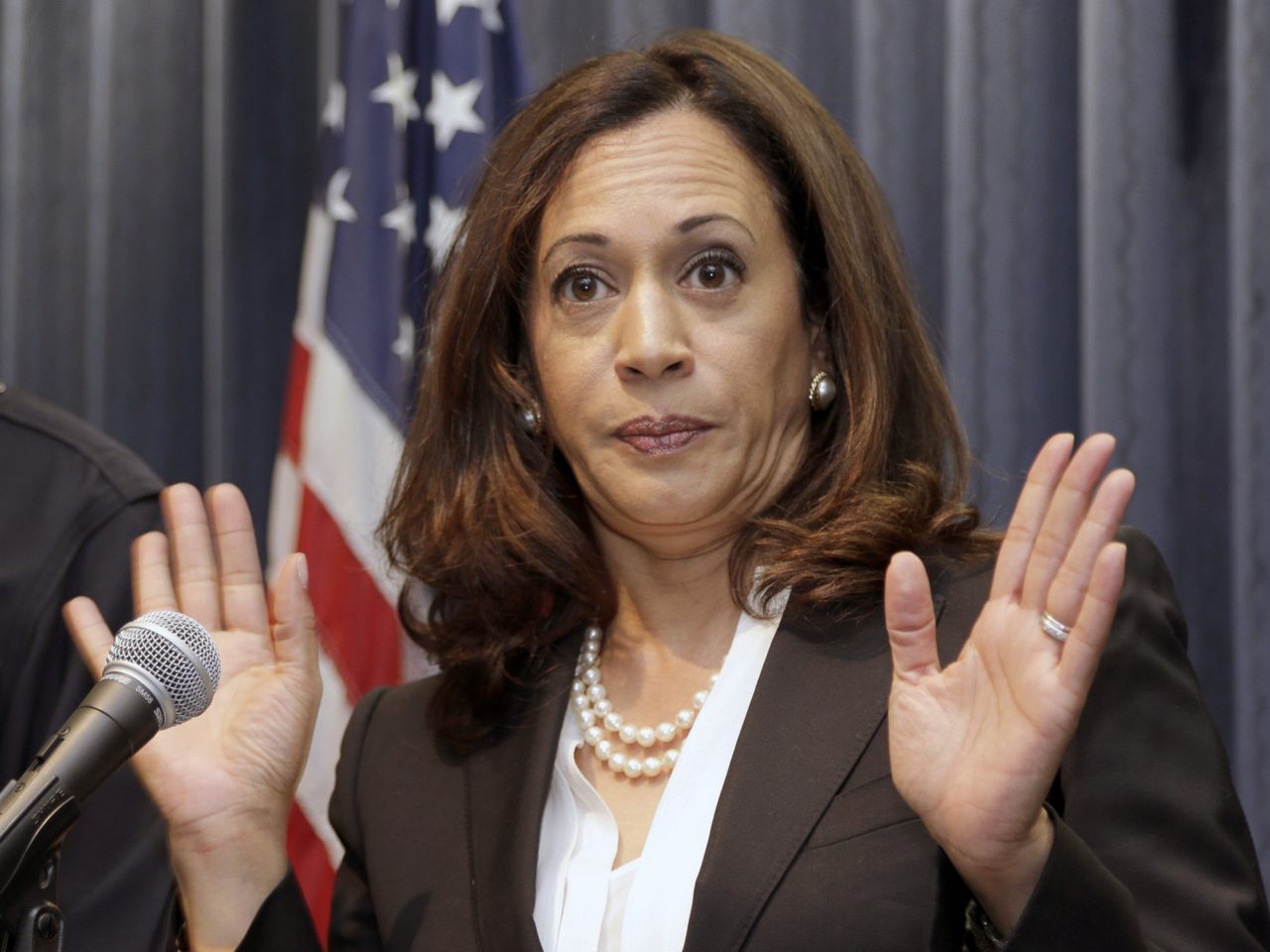
Advertisement
On July 20, 1969, Neil Armstrong took a “giant leap for mankind” with a small step, becoming the first man on the moon. Since then, a dozen other brave men have also stepped foot on the Earth’s only satellite. Despite this, a number of people still believe that the moon landing was faked. Now, one expert has chimed in on a number of the conspiracy theories, debunking them.
Conspiracy theories claiming that the moon landing was faked have been around as far back as the 1970s. One of the most popular of these is that the National Aeronatics and Space Administration (NASA) supposedly hired film director Stanley Kubrick to shoot the footage. Now, another film maker, Howard Berry, who has edited films such as “Kick-Ass” and “Scott Pilgrim vs. the World,” has written an article that debunks a number of popular conspiracy theories surrounding the moon landing.
Berry, who is also the the Head of Post-Production and Programme Leader for MA Film and Television Production at the University of Hertfordshire, to poke holes in these conspiracy theories. He does this by using his own extensive knowledge of film and television production technology – something that many conspiracy theories don’t necessarily have.
Shot in a TV studio with a special camera
All the conspiracy theories state that the moon landings were simply shot in a television studio. From this argument alone, Berry already finds some fault. For one, he points out that the cameras used for film and TV are different from those used in the Apollo missions. The latter used a special Slow Scan Television (SSTV) camera that only captured footage at 10 frames per second (FPS). Regular TV of the time however shot footage at 30 FPS.
Now, some theories do take that into account, saying that the Apollo SSTV was used in the studio, then the footage slowed down even more to simulate low gravity. This comes from the belief that people moving in slow motion appear as if they’re in a low-gravity environment. However, Berry points out that this trick requires a camera that can shoot at higher frame rates, not a lower one like the SSTV. This process, called “overcranking,” also requires a lot of storage space.
At the time that the moon landings occurred, magnetic disk recorders capable of storing slow motion footage could only capture about 30 seconds’ worth of footage in total, which translates to 90 seconds when played in slow motion. Capturing and storing 47 minutes of live action that would be needed for 143 minutes of slow motion was simply not possible back then.
Additionally, Berry finds it doubtful that NASA could have developed an advanced extra storage recorder just for the landings. Such a device would be 3,000 times more advanced than the technology of the day.
Film isn’t a viable method for slo-mo either
After showing how television cameras weren’t a viable method of faking the moon landings, Berry then addresses whether or not movie cameras that use film could have been used instead. Here, Berry states that shooting film for slow motion would still require a very long reel of film. A typical reel of 35 mm film running at the industry standard 24 FPS would last 11 minutes and is already 1,000 feet long. With this in mind, Berry states that to shoot for slow motion, at 12 FPS (the closest that film can get to the 10 FPS of the SSTV camera), would require six and a half reels.
With multiple reels of film, an editor would have to put all of them together in the lab. Berry notes that this process would leave a number of artifacts from splicing joins, transferring negatives and printing. No such artifacts are present on the footage of the moon landing.
Flag in the wind and evidence of a spotlight
One element that conspiracy theorists love to point out is that the flag that Armstrong planted looks as if its billowing in the wind. While other explanations for this have been given by scientists before, Berry offered his own explanations.
Berry points out that the flag isn’t actually billowing, but that it settles in its shape. Normally, a flag should continue to move should there be any wind. Also, as there really isn’t much wind in the studio, Berry points out that the scene would have had to have been shot on site, likely in the desert. However, the heat of the desert would cause heat waves to be visible on camera, no such heat waves can be seen in the moon landing footage. (Related: What did China’s moon lander see on the far side of the moon?)
Finally, Berry moves on to the fact that the scene looks like its lit up by a spotlight. He points out that there is a very large spotlight on the scene – the sun. The shadows on the scene are also parallel, showing that they were lit by the sun. Had the scene been lit with a studio spotlight, the shadows would be converging to where the spotlight was standing.
Interested in other conspiracies surrounding the moon landing? Visit Conspiracy.news to learn more.
Sources include:
Advertisement
Advertisements
















